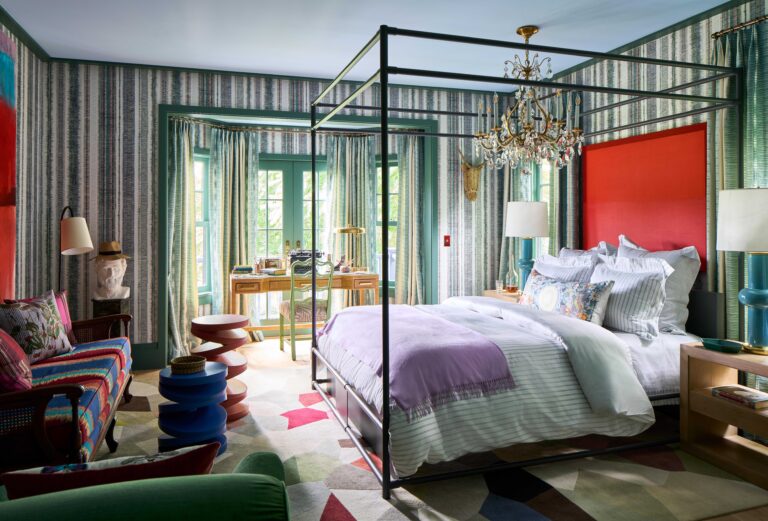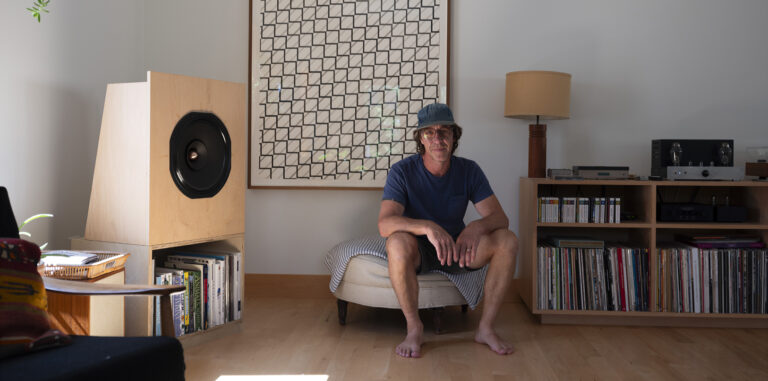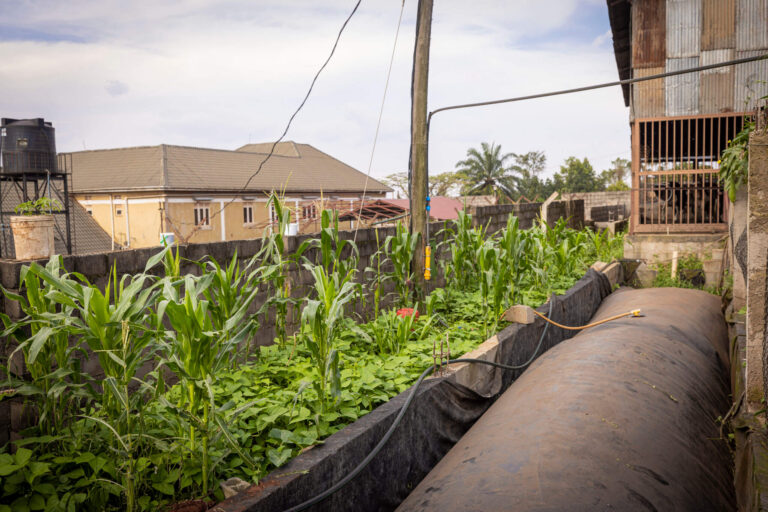Story
Designing with Emotion
By Diana Budds
Throughout design history, objects have reflected the values of their time. To Arts & Crafts designer William Morris, beautiful and well-made furnishings were a moral imperative; Frank Lloyd Wright emphasized harmony with the natural world; and Bauhaus artisans married craft and industry to make good design more accessible. These powerful ideas had staying power and continue to influence interiors today.
Now, there’s a growing chorus of designers who believe that the aesthetic expression of the spaces we inhabit ought to be grounded in human emotion. Put simply, it means form follows feeling. We see this in hospitals that are tailored to calm our nerves, offices that spark creativity, and living rooms that are warm and approachable.
The Rise of Emotion-Led Design
While designers have always had an intuitive understanding of the connection between our environments and how we feel within them, an emerging field of study called neuroaesthetics is helping them better understand why on a chemical level. Researchers are drawing on evolutionary biology, psychology, and neurology to shape this growing body of knowledge of how what we see and sense affects our mood.
As the field advances, it is proving to be a useful resource for designers. To wit: numerous studies have found a connection between biophilic design, or design that emphasizes a connection to the natural world, and significant improvements in emotional well-being and lower stress and anxiety.
For Suchi Reddy, a designer who has embraced neuroaesthetics, the science of our emotions unlocked the “why” of many things that she had naturally been drawn to. “Architecture and design occupies this beautiful space between the science and the craft and the art and the soul of making things,” she says. “The interstitial magic is the thing that I’ve been really interested in figuring out. How does the magic work?”
Among her recent projects grounded in those ideas is “A Space for Feeling,” an installation during Milan Design Week in 2019, developed collaboratively with Google, that consisted of three rooms each composed to elicit a specific feelings—an intimate room with earth tones and highly textured fabrics, a playful space with gradient wallcoverings and vivid jolts of color, and a serene minimalist space perfumed with a wood fragrance. Visitors wore wristbands that measured how energized or calm they were as they walked through the rooms. In her interactive sculpture titled me + you—which has appeared at the Smithsonian Arts + Industries Building and at Michigan Central, in Detroit—Reddy programmed LED lights to translate the sentiments of visitors into colors.
A Space for Being, Salone, Milan, 2019. Image © Emanuel Hahn

Reddy notes that every environment we encounter influences us whether we realize it or not. Recognizing this has only become more important over time. Reddy sees her work today as creating atmospheres that amplify their function, emotional register included. It’s a framework that’s becoming more desirable.
“The pandemic had a large role to play in this,” Reddy says. “People are returning to their bodies and tuning in to how they really feel. We can see this in all kinds of strata of life. How do I feel about my work? How do I feel about my job? How do I feel about my life? A natural part of that is, How do I feel about the quality of the environments that I’m in.”
Rayman Boozer, a New York City–based designer who typically collaborates with residential and workspace clients, has always leaned into the emotive aspect of space. “How I feel in a room, it’s the most important thing to me,” he says. His studio, Apartment 48, is known for its eclectic, color-drenched interiors layered with texture and pattern, which has landed him in magazines like Elle Decor and Architectural Digest. Recently, he’s noticed a shift in how his clients are approaching their spaces. In the past, they were inclined to choose objects and styles that signal a certain status, but now they’re thinking about how they feel on a day to day basis. “We’re living in a different world now,” Boozer says. “And I think that the new generation, as well as a lot of people from older generations, are saying, Do I care if this is from Ikea? I don’t think so, as long as it’s making me happy.”
Boozer thinks of his spaces from a narrative perspective. Like any good story, this means a strong cast of characters (in his case, all the elements that make a room, from furniture to lighting and more) that create an emotional arc. “My clients don’t want their interiors to just be one note,” Boozer says. “There should be levels, there should be surprises, and there should be joy.” He recently designed a room in a show house in the Hamptons, which he furnished with wallcoverings in a botanical motif, emerald-green paint, and chandeliers composed of dozens of bronze butterfly cutouts alongside antiques he found. The combination sparked tears of happiness in a visitor. “Optimistic is a word we use a lot to describe what we do and what it means to me is that there’s always hope in our spaces,” Boozer adds.
Interior by Rayman Boozer. Image © Manu Rodriguez

Deepening Our Understanding of How Design Affects Our Moods
For over a decade, the designer Ingrid Fetell Lee has been studying the relationship between emotion and our environments. Her research started after someone noticed that her work felt joyful. She wasn’t deliberately trying to achieve that effect, but became curious about why that was. This eventually led to another question: Can design elicit emotion in a predictable way? Are there universal principles we can draw on? Her line of inquiry led to a TED Talk titled “Where Joy Hides and How to Find It,” which has been viewed over 17 million times, and a 2018 book titled The Aesthetics of Joy.
As Lee investigated, she found that joy was an extremely nuanced emotion that encompassed elements of play, wonder, transcendence, freedom, and harmony. It could be both a calm and energetic feeling. But despite all of this complexity, joy was an afterthought in discussions about human evolution compared to more “serious” emotions like fear, which helps keep us safe from threats, and disgust, which steers us away from environments that are unclean or unhygienic. So our emotions are negative. “Joy was a ‘nice to have,’ but over the past few decades, we’ve started to see that psychologists have a different view on it,” Lee explains. “The consensus view is that joy is the emotion of thriving. Joy tells us when we are in circumstances—like being close to people or doing activities—that can help us thrive. And so that to me was a really powerful idea. By designing environments that are joyful, we could be unconsciously sending a message to people that they’re in a place that can help them thrive.”
This scientific understanding has helped Lee convince clients to adopt spatial qualities that will better serve the well-being of people. Her work often involves confronting long-held beliefs about how spaces should look that are rooted in older value systems.
Years ago, she was consulting on a call center and proposed joyful and biophilic elements in the space in order to give workers moments where they can refresh their concentration. These features were informed by research around attention spans not being linear. But her client didn’t initially see the value. “One of the pieces of pushback that we got was, ‘This is a productivity environment. We can’t have joy here. That’s a distraction from productivity,’” Lee says, noting that workspaces today are primarily influenced by Taylorist notions of efficiency. “There’s just a lot of legacy and baggage we’re carrying that hasn’t been overturned or questioned.
Fine-Tuning Emotion-Led Interiors
The more designers and researchers explore the connection between our minds, bodies, and environments, the more precisely tuned interiors can become.
This excites Sara Balderi, Designtex’s executive design director. “As designers, our whole job is being critical of the world around us and noticing problems to solve,” she says. She has been applying evidence-based design principles to her work for the past fifteen years and finds the challenge rewarding, especially in fields where the lens of human experience hasn’t typically been focused, like healthcare.
“It makes my job more fun,” Balderi says. “So if there’s even a 0.01% chance that we could do something to make a space less stressful, feel more secure, and look cleaner, that’s meaningful. I get a total high off of that. It’s super rewarding.”
Designtex has a dedicated research and development department that explores how emerging principles like biophilic and joyful design can inform product development. The aim is to give other designers who share an interest in evidence-based design more tools to implement their ideas. The award-winning Biophilia Collection Designtex released in 2017 is among the products that integrate that research.
A few years ago, Balderi and the R&D team collaborated with neuroscientists from the Salk Institute for Biological Studies on the effects of biophilic design in classrooms on the stress levels, engagement, and stress levels of students. After seeing the positive outcomes of a wallcovering she designed for the study, she was eager to apply more of those ideas into her work. Some of the findings informed the Joy collection, which Designtex launched at NeoCon in June 2024.
As more designers take an emotion-led approach to their work, the more enriching our environments can become. “There’s so much work to do,” Reddy says. “This is just the beginning.”


